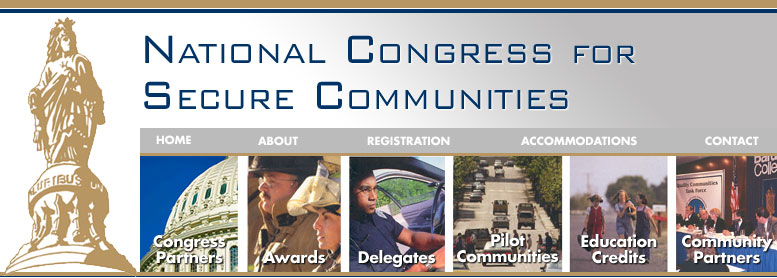The stadium as an emergency shelter - | 07.21.2006 | 06:56:007663 |
July 21 '06: In the aftermath of Hurricane Katrina, a new report, published by the International Association of Assembly Managers seeks to find best practices and coordinated efforts at helping to improve emergency conditions for "mega-shelters". According to the report, the facilities used during Hurricane Katrina - Reliant Park, Reunion Arena, CAJUNDOME, New Orleans Convention Center, the Superdome, and the Dallas Convention Center - were for the most part, able to "sufficiently care for thousands of evacuees who arrived all at once." As New Orleans' levees failed, spilling millions of gallons of water into the low-lying areas, evacuees rushed to higher ground and ultimately to the city's professional football stadium. Rescue and recovery operations were underway and residents waited for federal help to evacuate New Orleans, but conditions inside the Superdome deteriorated rapidly. People needing medical attention and those who succumbed to the heat or ailments were left without a way for responders to get them to a medical response center for treatment or to remove those who had died. But there are other mega-shelters that are not equipped to handle evacuees so the IAAM hoped to create guidelines for large public structures to handle emergency situations and thus allow designers who are building the structures take the guidelines into account and accommodate in the design process. The IAAM said in the report there was a "need for an industry task force to establish nationally recognized guidelines for major facilities converted to mega-shelters that are used to shelter thousands victimized by major disasters." IAAM sought the cooperation of governmental agencies like the Department of Homeland Security and private organizations like the Red Cross. The guidelines were issued in a two-part release. The first focused on ways information could be used to design best practices for emergency response and helping to understand "the activation process, shelter standards, contracting, liability exposure and how to plan for the next storm season." The second release looked to "provide valuable information about operating the mega-shelter," as well as to create guidelines for "command and control systems, security, compassionate care, food service, resident services, medical care and interaction with mega-shelter partners." In addition to the reports released, the IAAM also said it is working with 48 colleges and more than 320 students to create a knowledge base for "core competencies" for public assembly facility managers.
|

